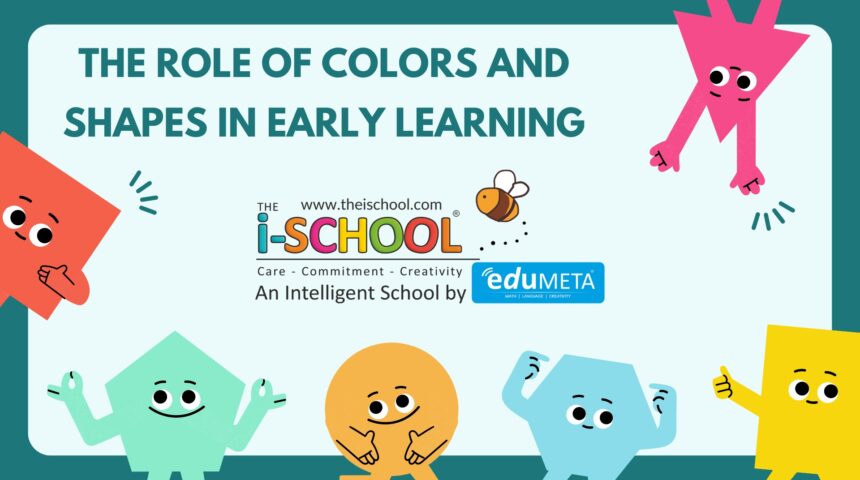The Role of Colors and Shapes in Early Learning

1. Boosting Cognitive Development
- Colors: Learning to identify and name colors is one of the first milestones in a child’s cognitive development. Recognizing different colors helps children improve their memory and enhances their ability to categorize and differentiate between objects.
- Shapes: Understanding shapes aids in developing spatial awareness and geometry skills. Children learn to recognize, sort, and categorize objects based on their shape, which is crucial for problem-solving and logical thinking.
How to Support: Incorporate colors and shapes into daily activities. For example, ask your child to identify the color and shape of objects around the house or while out on a walk. Use toys, blocks, and puzzles that focus on different shapes and colors to make learning interactive and fun.
2. Enhancing Language Skills
- Colors: When children learn the names of colors, they also expand their vocabulary. Describing objects using color words helps children communicate more effectively and accurately.
- Shapes: Learning shape names contributes to a child’s ability to describe and compare objects. As children learn terms like “circle,” “square,” or “triangle,” they begin to understand how objects can be similar or different, improving their descriptive language skills.
How to Support: Encourage your child to describe the world around them using color and shape words. You can make this a game by asking them to find objects of a certain color or shape and describe them to you.
3. Supporting Math Readiness
- Colors: Sorting objects by color is an early math skill that helps children understand patterns, sequences, and classification. This foundational skill is essential for more advanced math concepts.
- Shapes: Recognizing and understanding shapes is directly linked to geometry. Early exposure to shapes helps children grasp the basics of geometry and spatial reasoning, setting the stage for more complex mathematical learning in the future.
How to Support: Use everyday objects to create patterns or sequences based on color and shape. For example, line up colored blocks in a repeating pattern and ask your child what comes next, or sort toys by shape and count how many of each type there are.
4. Fostering Creativity and Expression
- Colors: Colors are a powerful tool for self-expression. Children often use colors to express their emotions and creativity in art. Understanding and experimenting with colors allows them to explore different moods and feelings.
- Shapes: Shapes are the foundation of drawing and design. As children learn to recognize and create shapes, they develop the skills needed for more complex artistic expressions and design thinking.
How to Support: Provide your child with a variety of art supplies and encourage them to create pictures using different colors and shapes. Ask them to explain their artwork, focusing on why they chose certain colors or shapes. This not only supports their creativity but also reinforces their understanding of these concepts.
5. Improving Problem-Solving Skills
- Colors: Matching and sorting by color helps children develop critical thinking skills. They learn to observe details, make comparisons, and sort objects based on similarities and differences.
- Shapes: Puzzles and building activities that involve shapes challenge children to think critically and solve problems. These activities require them to understand how different shapes fit together, enhancing their logical reasoning skills.
How to Support: Provide your child with puzzles and games that involve colors and shapes. Encourage them to solve problems independently, offering guidance when needed. Celebrate their successes to build confidence in their problem-solving abilities.
Conclusion
Incorporating colors and shapes into your child’s early learning experiences is essential for their cognitive, language, math, and creative development. By making learning about colors and shapes a part of your daily routine, you can help your child build a strong foundation for future academic success. Whether through play, art, or everyday interactions, focusing on these basics will give your child the tools they need to explore, understand, and enjoy the world around them.
